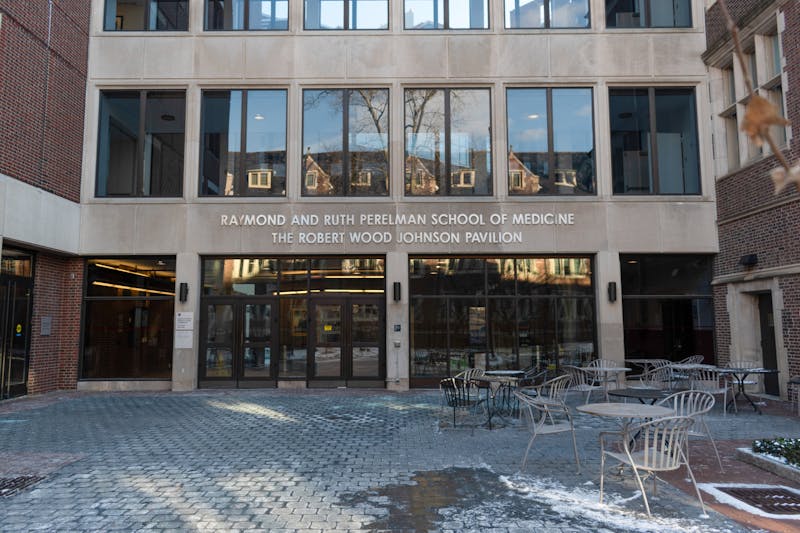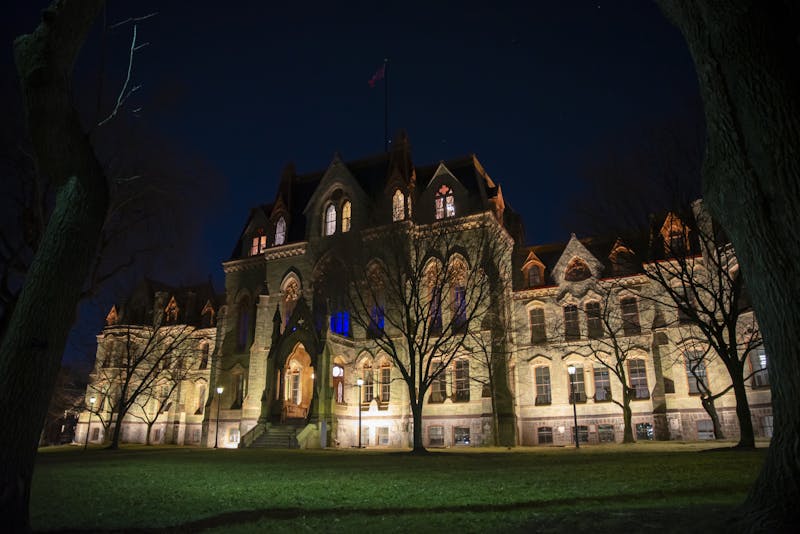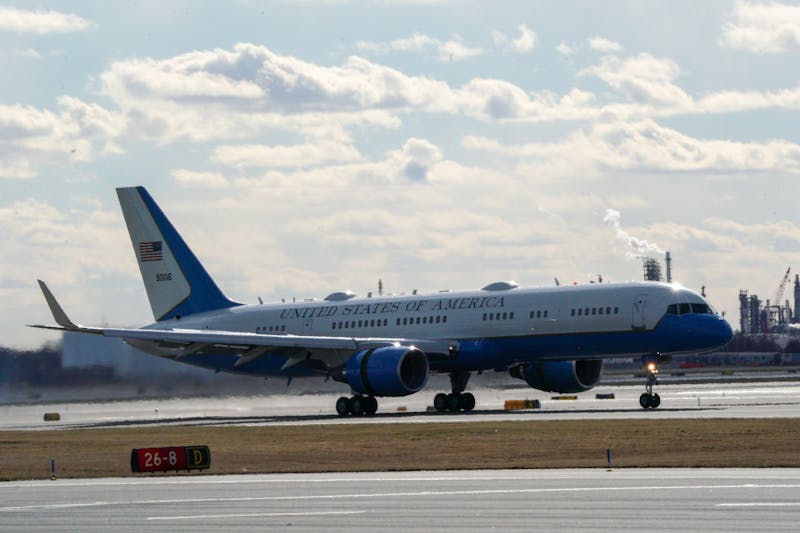With a history spanning back almost a century, the Division of Facilities Services is older than many buildings on campus. Its creation in 1921 represented a considerable deviation from the procedures followed since Penn's inception in 1740.
Facilities Services has always functioned in some capacity across campus but has changed name and shape several times. The University has changed its approach to management and even tried outsourcing completely in its quest to bring the best possible services to campus.
The greatest change in the division's managerial structure came in 1998, when the University decided to hire the Dallas-based firm Trammell Crow -- an outside contractor -- for the management of the school's construction projects and the University's off-campus properties.
This move was unprecedented in higher education circles, and many Penn administrators did not approve of the deal.
The partnership lost its appeal in less than two years. Understaffing, inefficiency, and student and staff anger over lack of campus input in the executive decision-making process made the relationship a sour one from the beginning. University officials at the time said that Trammell Crow profited less than expected.
As a result, the original 10-year contract was scaled back to a three-year agreement, and in the last days of August 2002, the contract was revoked.
Since then, Penn has resumed management of its on-campus facilities and has left Trammell Crow in control of staff augmentation and real estate services.
The history of the department goes back much further, however, to the office's origins in the Department of Repairs, formed in the late 1800s in response to the campus' constant expansion.
While the office was the only entity responsible for the University's maintenance, there were two other major facilities services on campus -- the Central Light and Heat Station and Residential Maintenance Services.
This division of tasks was eliminated on June 22, 1921, when the University Board of Trustees decided to centralize all decision-making and budgetary authority concerning facilities -- including maintenance and repair issues, as well as construction and operations -- under a single administrative head.
The position was that of the engineer of the plant. The first person to take up the position was William Rush Jones, a Philadelphia native and a Penn employee for 18 years.
Two years later, the provost changed this position to executive engineer and placed Jones in control of a wider umbrella of responsibilities.
"Five Facilities Services, each with its own superintendent, were placed under the management of the [e]xecutive [e]ngineer -- Light and Heat, Maintenance and Operation, New Work, Plant Engineer and Repairs," University Archivist Mark Frazier Lloyd wrote in the University of Pennsylvania Almanac in March 2001.
The Office of the Executive Engineer -- as Facilities was known at the time -- was then located in Blanchard Hall, the University's central administration building at 3446 Walnut St. The Repairs shop, the office of the chief engineer, Streets, and Maintenance and Operations were housed in different locations around campus.
All operations became centralized in the late 1930s. During that same time, the division changed its name to the Department of Building and Grounds -- a name it maintained until the 1970s.
The Daily Pennsylvanian is an independent, student-run newspaper. Please consider making a donation to support the coverage that shapes the University. Your generosity ensures a future of strong journalism at Penn.
DonatePlease note All comments are eligible for publication in The Daily Pennsylvanian.







